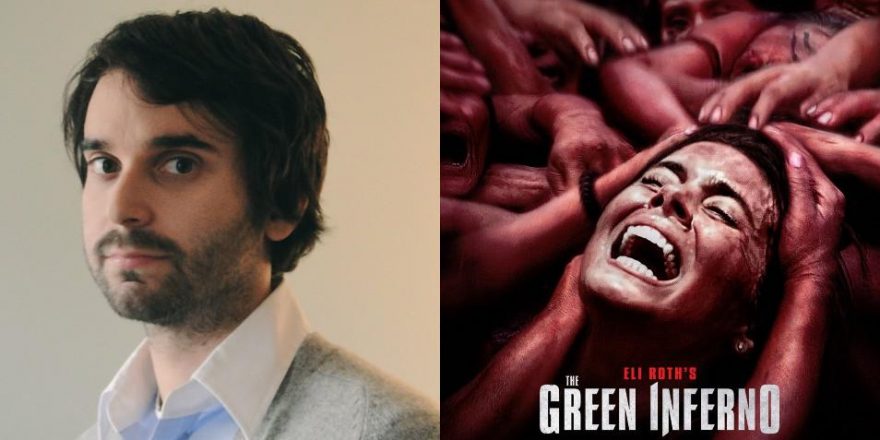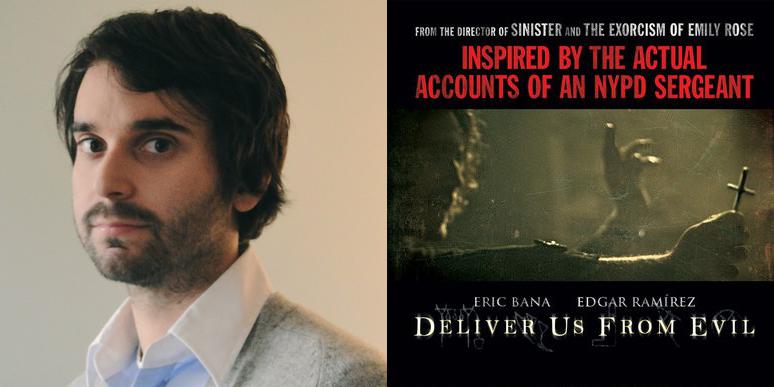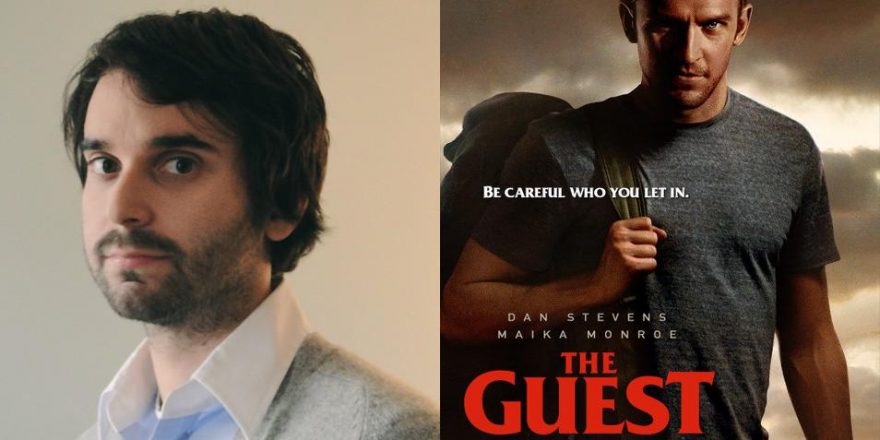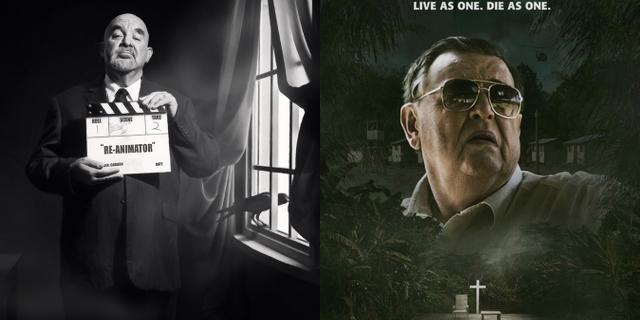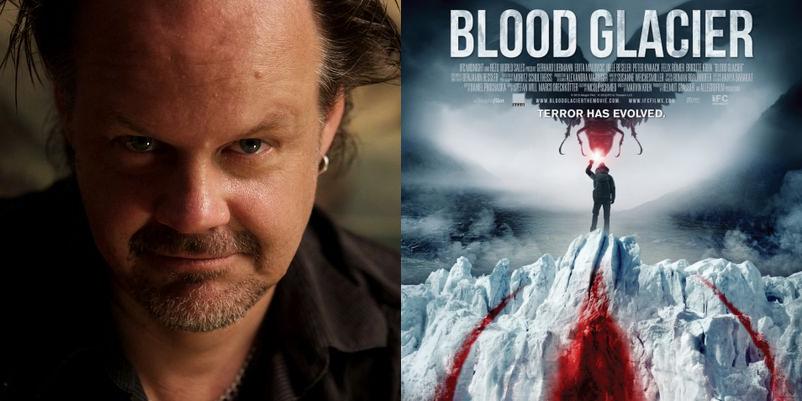Eli Roth became an important filmmaker to me after I sold him a bunch of imported Fernando Di Leo poliziotteschi films while I was working at Kim’s Video in 2006. At the time, I had seen Roth’s second film, Hostel (2005), and enjoyed it tremendously but not yet his debut, Cabin Fever (2002). Roth was so nice and cool to not only us clerks but also the vast array of customers who recognized him during his lengthy visit that I really felt like I had spent time with a true nerd, one of us. I had known about Roth during my time at NYU, as he was one of the proud examples of a recent alum who had “made it.” He signed the Hostel poster we had on the wall, “To Kim’s Video – this place was my real film school,” and I rented Cabin Fever that night.
What struck me about Roth’s films, including Hostel: Part II (2007), was the unbridled embrace of death and dismemberment, total disregard for human life or decency and unflinching depiction of very real, practical horrors. The terror of Roth’s cinema is bracingly believable. Rather than plots involving ghosts and the supernatural, he prefers scenarios where, for example, someone is on vacation and suddenly finds themself and their friends in a situation where they are dying one by one. In fact, that one-sentence synopsis pretty much sums up all four of Roth’s films so far, including his newest, The Green Inferno.
It is strange to think that The Green Inferno is only the fourth film Roth has made over his 13-year career, although distribution woes kept it from us since its 2013 festival debut and Roth has already made another film, Knock Knock, which premiered at Sundance earlier this year. To me, Roth in 2006 was a towering figure with one foot in two concurrent movements of cinema. He was part of a so-called Splat Pack of directors such as Rob Zombie, Alexandre Aja and James Wan, subjecting viewers to more and more extreme acts of violence, earning the respect of hardcore horror devotees looking for something more transgressive than another retread of slasher films or the Japanese ghost story remakes that were popular around this time.
Roth was also part of a group in the mid-2000s who provided to me, then at film school, a great hope of new and exciting cinema. I felt that Roth, along with directors like Edgar Wright, Rian Johnson and Richard Kelly, was going to be one of my generation’s defining voices. Roth’s work belonged to dual traditions, combining a by-now-familiar cinema-savvy, VHS-reared background along with a “low” propensity for extremism and shock value. Tarantino talked a lot about movies, but he talked about Jean-Pierre Melville and sweeping, epic Spaghetti Westerns. It wasn’t until the Kill Bill/Death Proof years that Tarantino fully ran with the grindhouse aesthetic. From the beginning, Roth was happy to apply his focus strictly to shocking and revolting trash cinema.
The industry really changed around 2009, mainly because of a general economic collapse in America but also because DVD and home video sales could no longer be relied on to substantially boost the profits of genre cinema. As a result, Roth has been wandering for a while, six years passing between Hostel: Part II and The Green Inferno, an eternity practically. I was nervous that after more than half a decade away, The Green Inferno wouldn’t deliver, because if there was one thing Roth could always (previously) be counted on to do, it was to capital D Deliver the goods.
The Green Inferno is a disgusting, vile, morally dubious film wherein humans are reduced to animals awaiting slaughter. It is a film where, as is typical with Roth, the nicer and weaker characters are given the earliest and most revolting deaths. There is no mercy, no hope for survival and no humanity. I loved it. Roth is working in the tradition of Italian cannibal films, all set in remote jungle locations and featuring a group of white idiots being horrifically killed and eaten. The genre began in 1972 with Umberto Lenzi’s Man from Deep River and reached a pinnacle in 1980 with Ruggero Deodato’s Cannibal Holocaust. (Deodato had a cameo in Hostel: Part II as “The Italian Cannibal” and The Green Inferno is dedicated to him).
You don’t need to know as much about Italian cannibal films as I do to enjoy The Green Inferno, but should you want to know more, Roth helpfully includes essentially a “works cited” at the end of the credits. You will need a strong stomach to enjoy the film, and I can’t decide if I would recommend eating before or after you watch it. The Green Inferno works on its own terms, and terms familiar to Roth. This time, the bourgeois jerks for whom we are meant to feel no sympathy are Columbia University hashtag activists hoping to spread a message of deforestation via a feeble demonstration that results in them proudly “trending” on Twitter. I couldn’t wait for them to die by this point in the movie. Roth knows this, so their plane crashes five seconds later. In a nice and surely intentional homage not just to Cannibal Holocaust, but to innumerable Italian genre films of the ’70s and ’80s who could afford just one or two days of location filming in New York City (which usually functioned as some lame framing device), Roth recreates not only this story structure but also Italian genre cinema’s tendency for these scenes – always shot with a skeleton crew and very quickly – to be the least interesting and worst-looking part of the film. Flat, rushed and limp. So by the time we get to the jungle, things really come alive, narratively and cinematically.
Ostensibly The Green Inferno is partially about American colonialist perspectives regarding native cultures such as the flesh-eating tribe, which is seen as noble and at risk of losing its home to greedy industrialists. That’s all in there, but Roth doesn’t let you forget that to the natives, the Americans are at best intruding monsters and at worst cattle to be caged and slaughtered. The tribe shows no indication of ever eating one of their own, suggesting that the Americans are just another source of delicious, fatty protein. In the film’s most brutal and most effective scene, the fattest and nicest guy (I remember none of the characters’ names) has both of his eyes and his tongue removed, which are then eaten by the tribal leader, who removes each of his limbs one at a time all while he screams in dying agony before his head is finally severed and held aloft like the trophy it is. I’m spoiling nothing: words could not do these images justice. This is the kind of film where a scene like this segues into one where the village elders are apparently chatting mundanely (none of their dialogue is subtitled, a nice touch on Roth’s part to keep them as “other” as possible and allow the audience to fully identify with our characters) as they rub salt and herbs on the dead guy’s big, fat carcass. Moments later, one of the prettier white captive girls has explosive diarrhea for about 40 seconds. This is the kind of film where you genuinely do not know if the ostensible “final girl,” Justine (Lorenza Izzo, also Mrs. Eli Roth), is going to make it to the end, because if anybody would subvert that sense of security, it is Roth.
Eli Roth embraces the overtly ridiculous and vulgar aspects of his cinema’s traditions. At one point in The Green Inferno, a character shockingly dies by her own hand and mere seconds pass until we see another of the captives masturbating furiously while watching the others rush to her corpse. This is brutal stuff and Roth handles it well. It’s exciting, shocking and genuinely unpleasant. You feel Roth’s encyclopedic knowledge about one specific sub-sub-genre of films and his intricate understanding of how those films work, what makes them fun, and how he can update them for a modern American audience.



